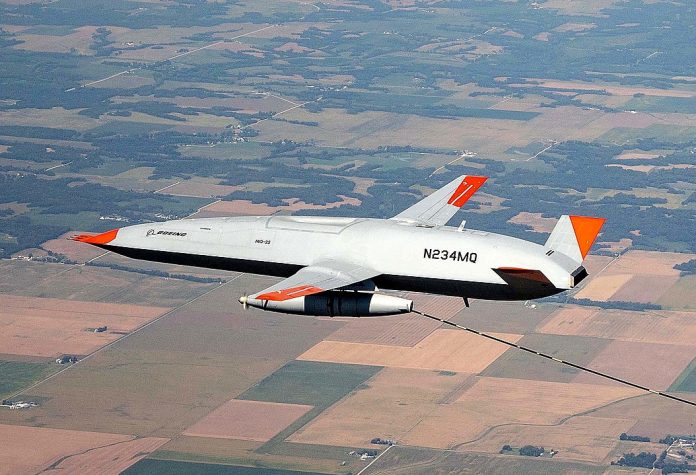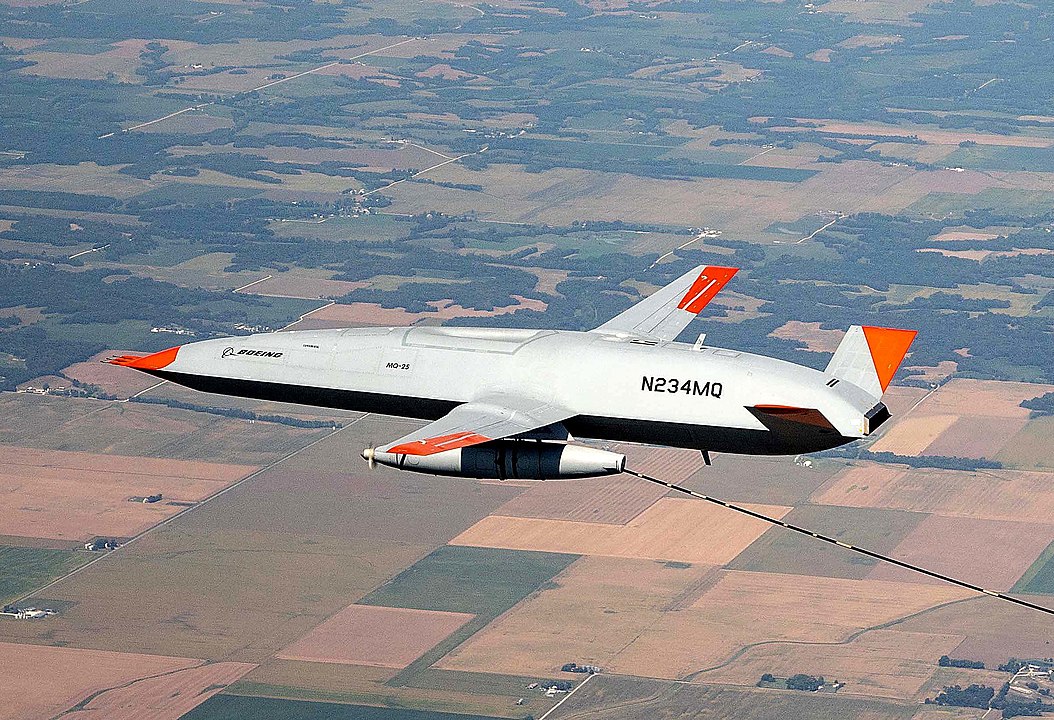
Boeing has recently made significant strides in advancing its manned-unmanned teaming (MUM-T) technology, marking a leap in aerial refueling and surveillance capabilities for the U.S. Navy.
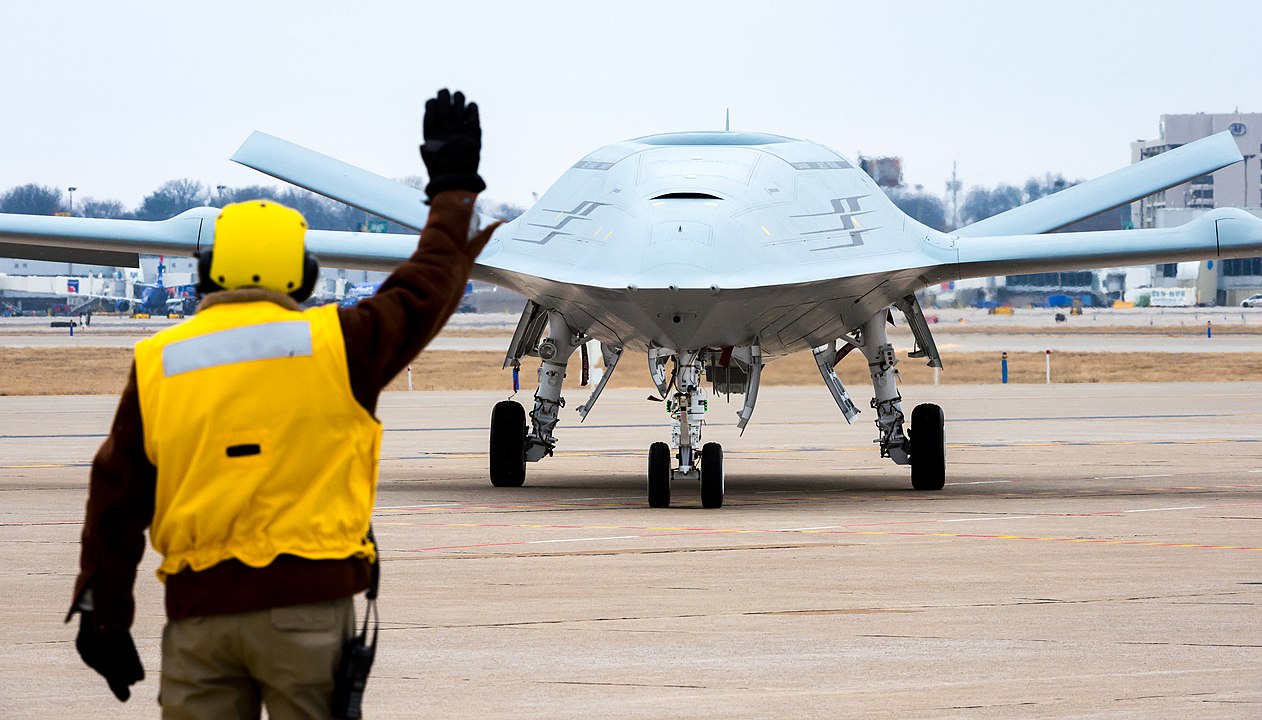
In a simulator lab, a pilot flying a digital F/A-18 Super Hornet commanded an unmanned MQ-25 Stingray to conduct refueling operations.
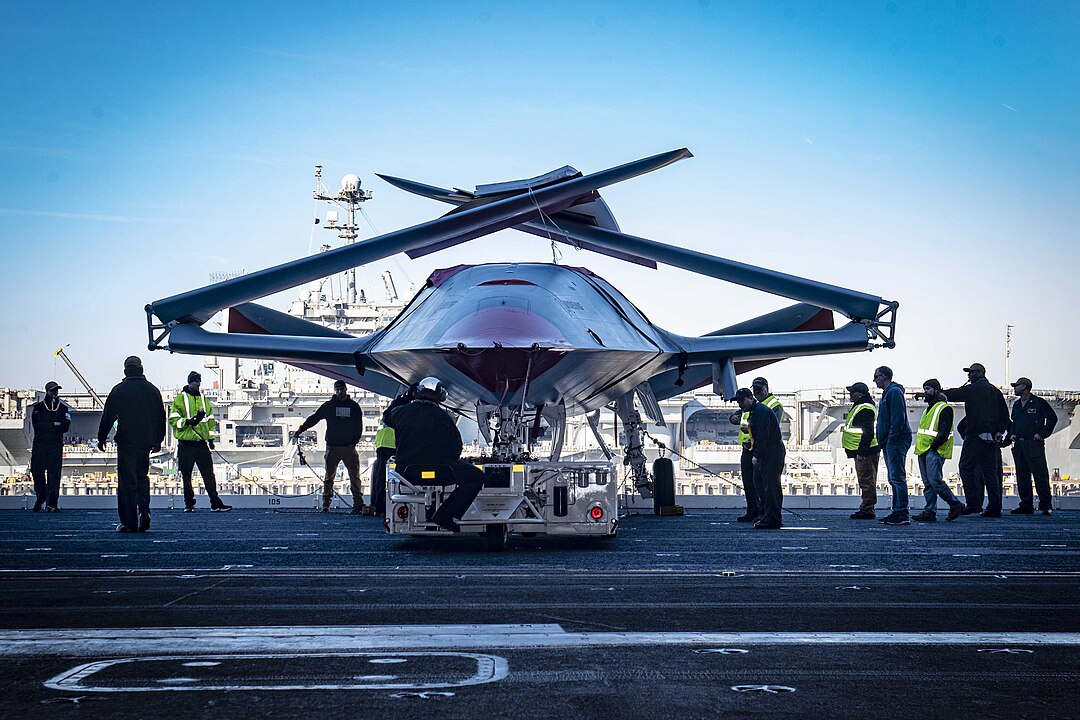
While the MQ-25 is primarily being procured for its tanker utility, the Navy has confirmed it will have some ISR capabilities as well.
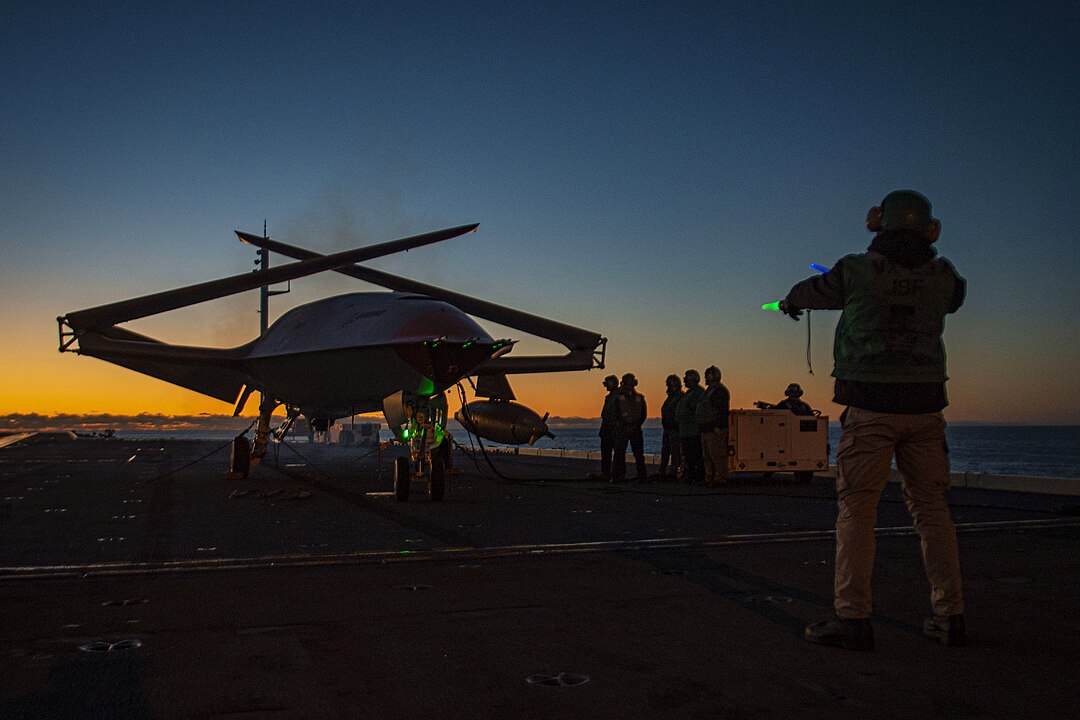
An open autonomy architecture allowed virtual demonstrations where other Navy aircraft, including the Northrop Grumman E-2D Advanced Hawkeye and Boeing P-8A Poseidon, could task MQ-25s for both tanking and ISR missions without the need for traditional ship-based ground control communications.
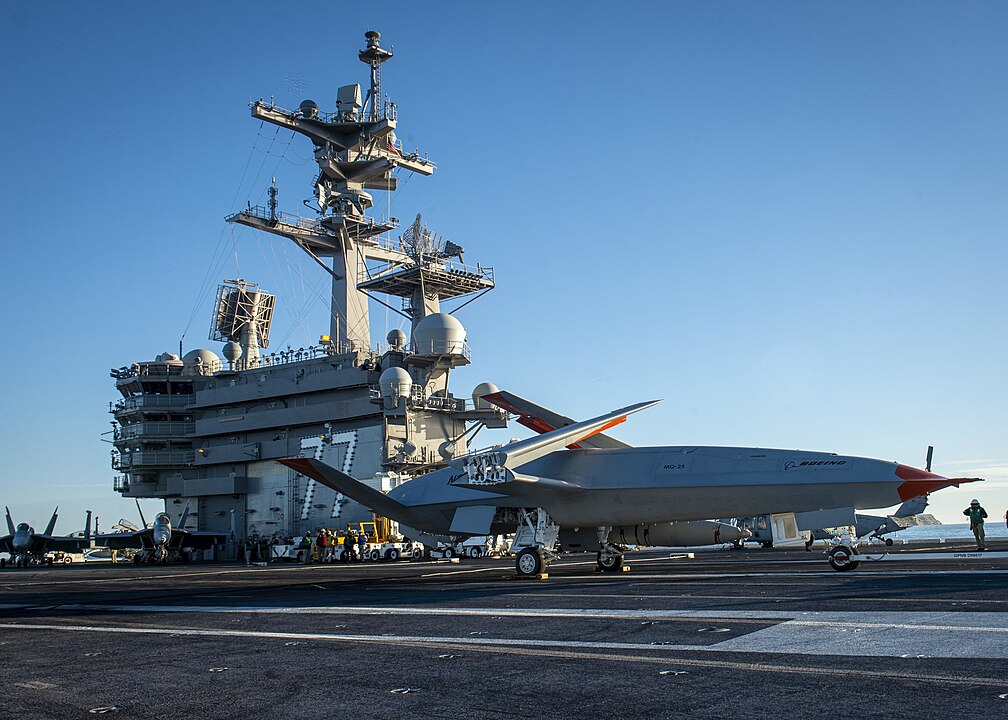
The testing integrated existing operational flight program software and data links, with the Super Hornet’s advanced tactical data links paired with Boeing’s conceptual Project Black Ice crew vehicle interface reducing aircrew workload.
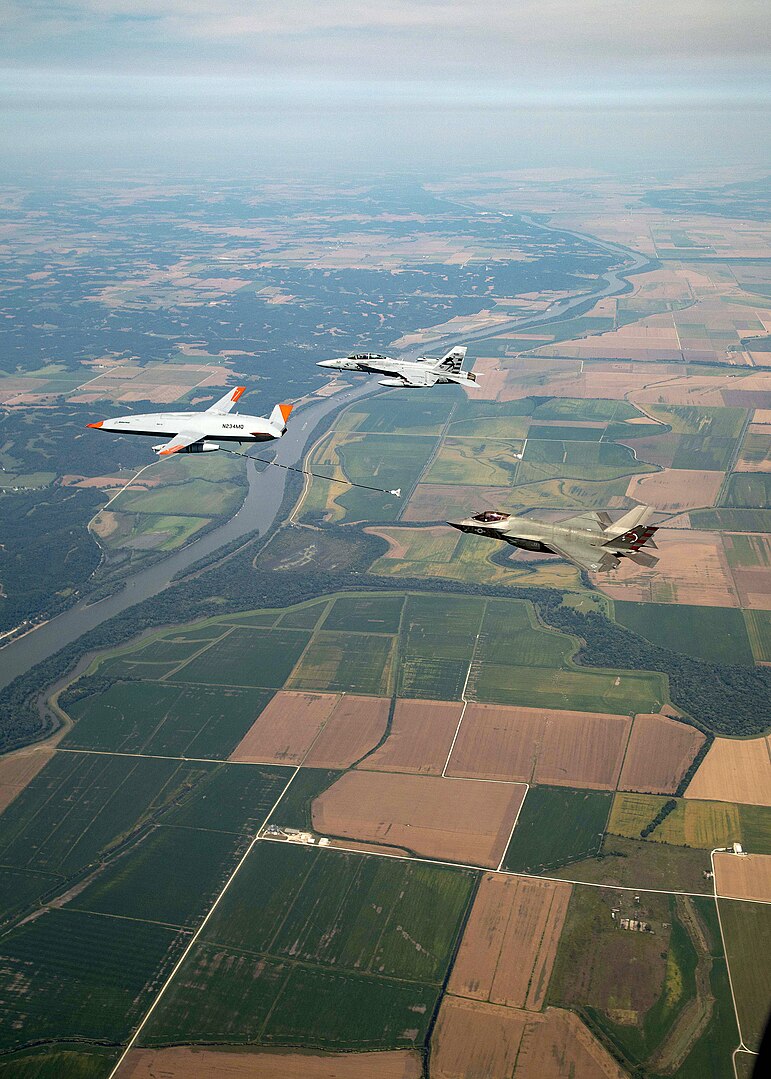
“The goal of the demonstrations was to make MUM-T refueling as real as possible,” said Juan Cajigas, director, Advanced MQ-25 program. “Aerial refueling is like a ballet as two airplanes come together. To be able to direct the activities via a single pilot, safely and efficiently, is a major step forward in aerial refueling technology.”
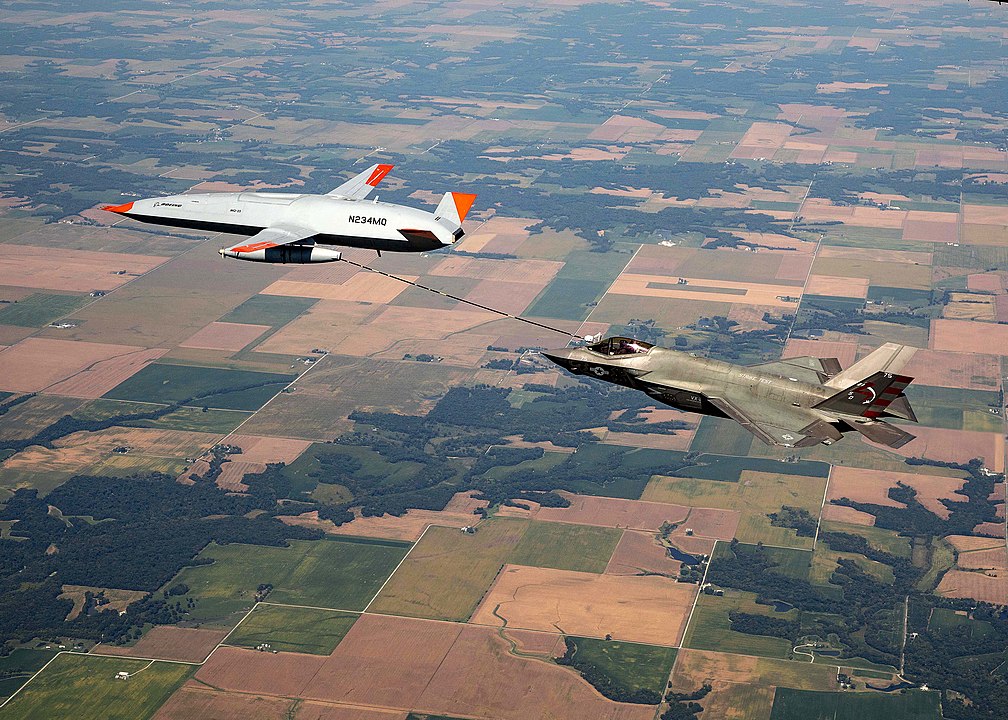
In addition to the tactical advantages, Boeing’s software and Aurora Flight Sciences’ autonomy framework indicate significant cost savings and faster deployment of these capabilities.
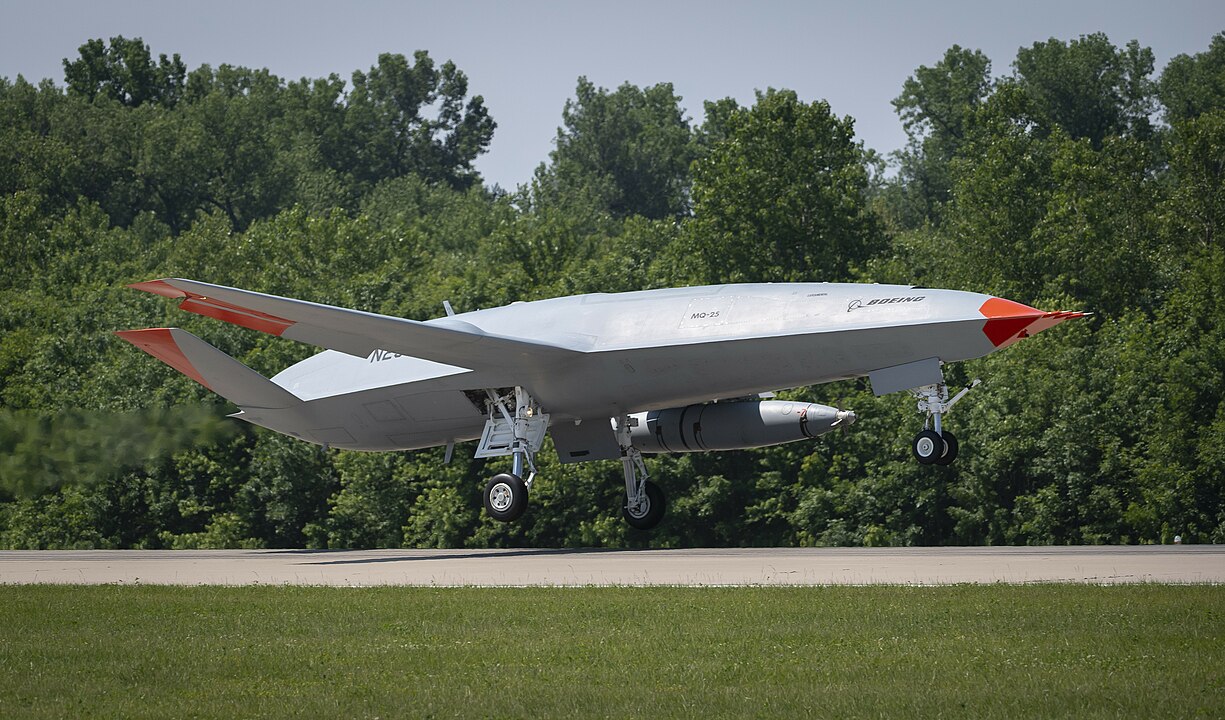
The Aurora-developed platform abstraction layer separates mission software from flight safety components, allowing for easy integration of third-party applications on the MQ-25, potentially streamlining future mission capabilities and integration.
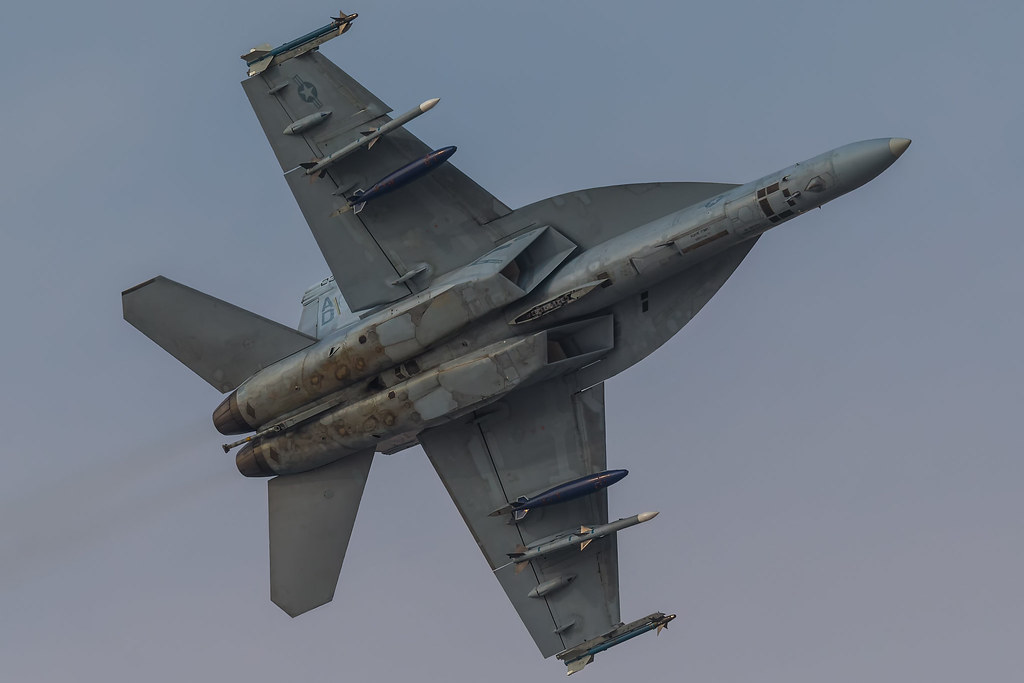
Despite facing setbacks and a delayed initial operational capability – now expected in late 2026 – the Navy and Boeing are committed to accelerating the MQ-25’s delivery to the fleet.
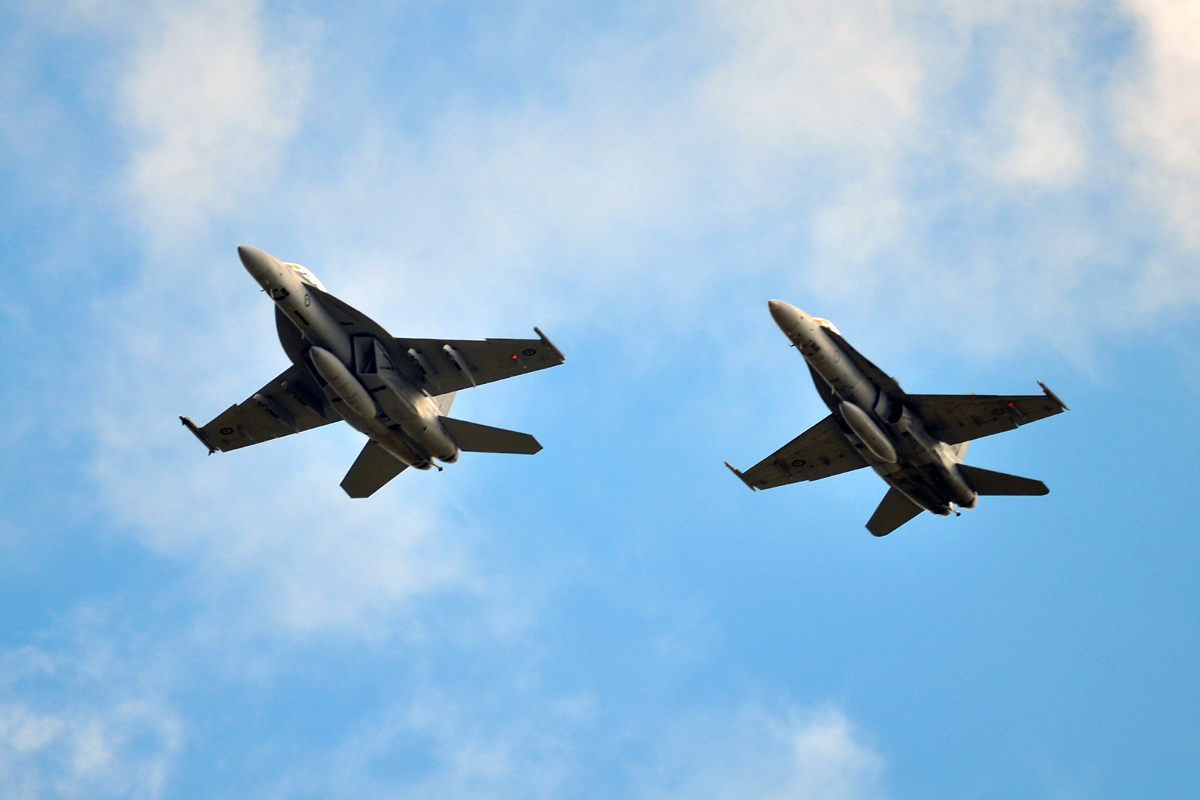
Boeing invested $200 million on a new production facility at Mid-America Airport attached to Scott Air Force Base in Missouri. It will complete final assembly there for the current airplanes and conduct flight tests there, he said.
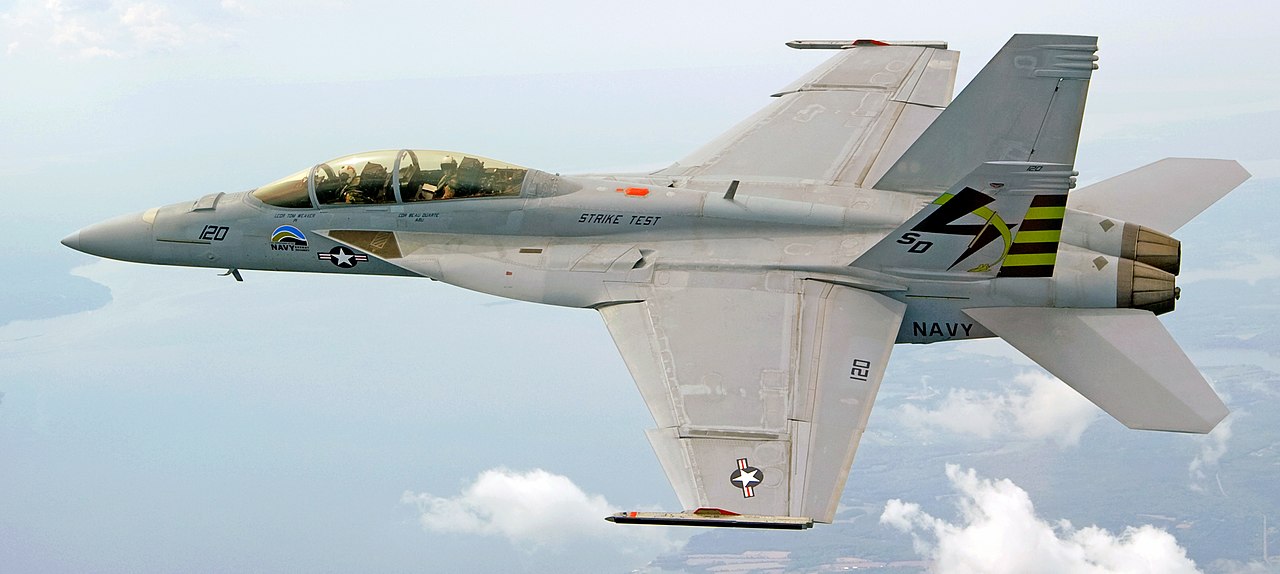
“Our intent is to accelerate the delivery of these aircraft to the fleet as soon as possible,” remarked a Navy officer in light of the challenges.
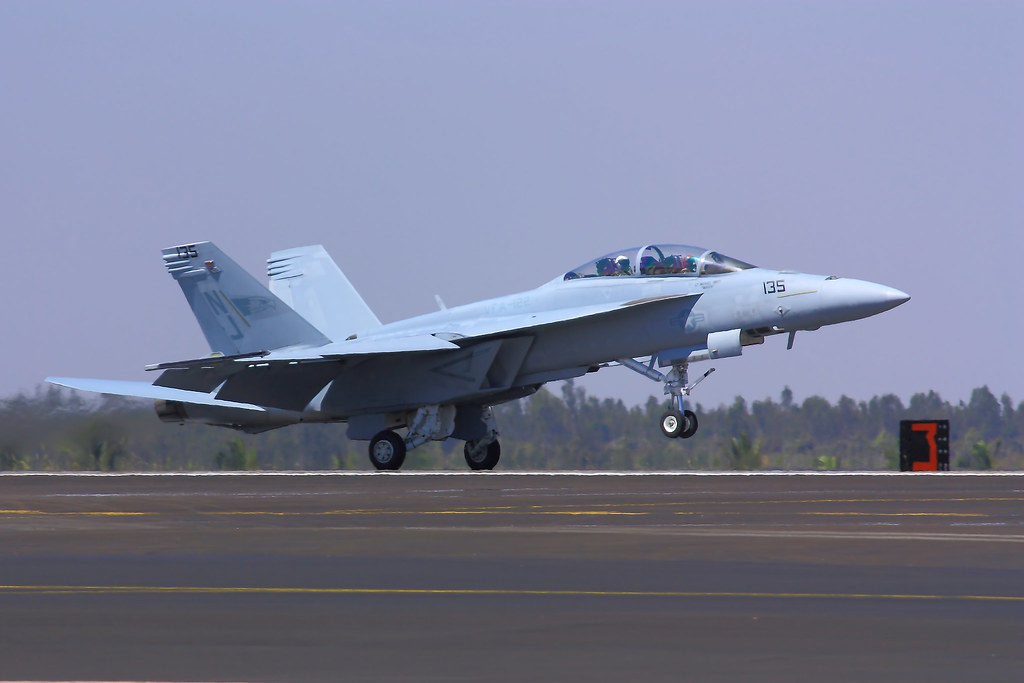
Boeing’s MUM-T developments align with the Navy’s vision to maintain the U.S. military’s competitive advantage, which is detailed in the Unmanned Campaign Framework.
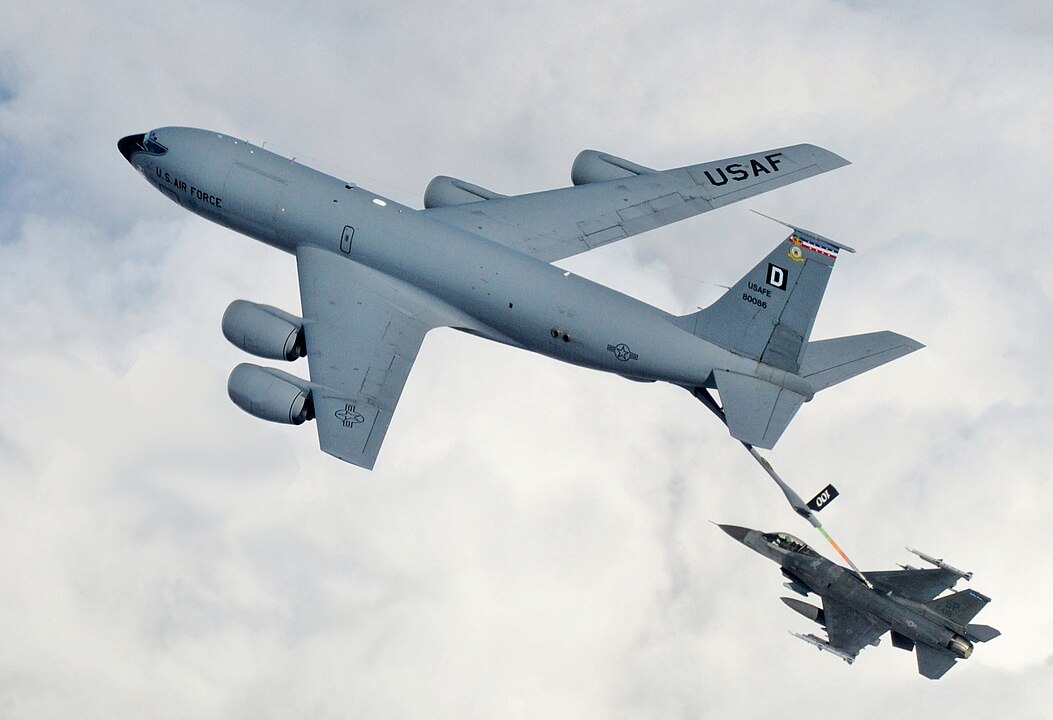
The framework emphasizes the need for unmanned systems to maintain this edge, with one key goal being the advancement of manned-unmanned teaming effects.
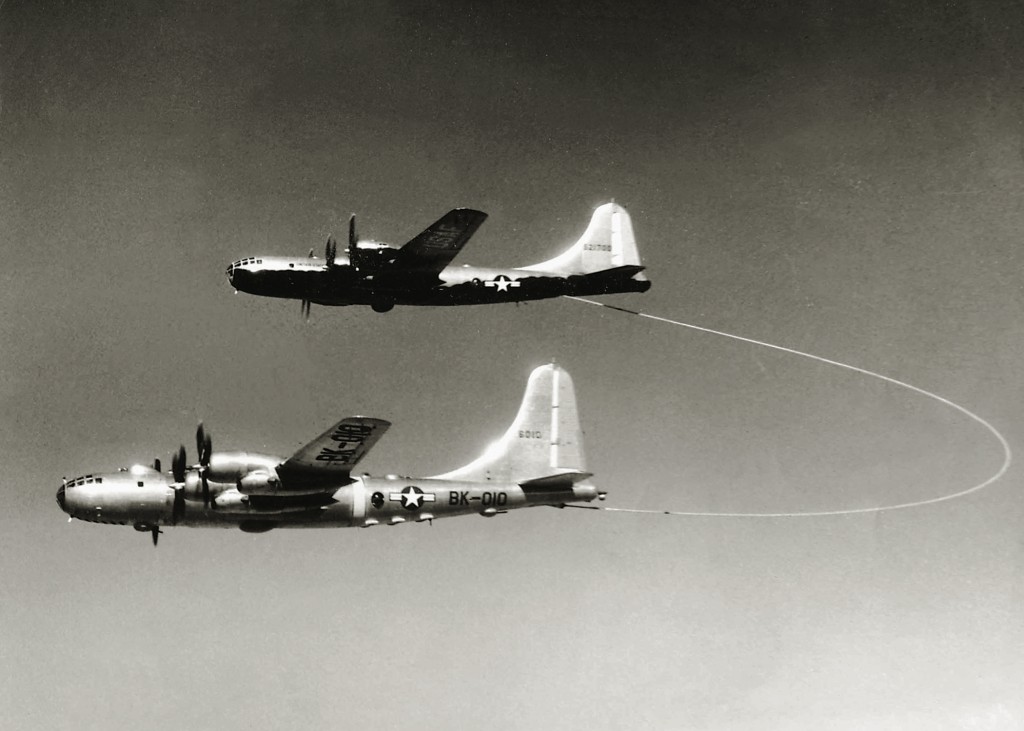
The Navy’s commitment to this vision, despite challenges and delays, underlines the strategic importance of the MQ-25 Stingray and its MUM-T technology in shaping the aerial warfare of tomorrow.
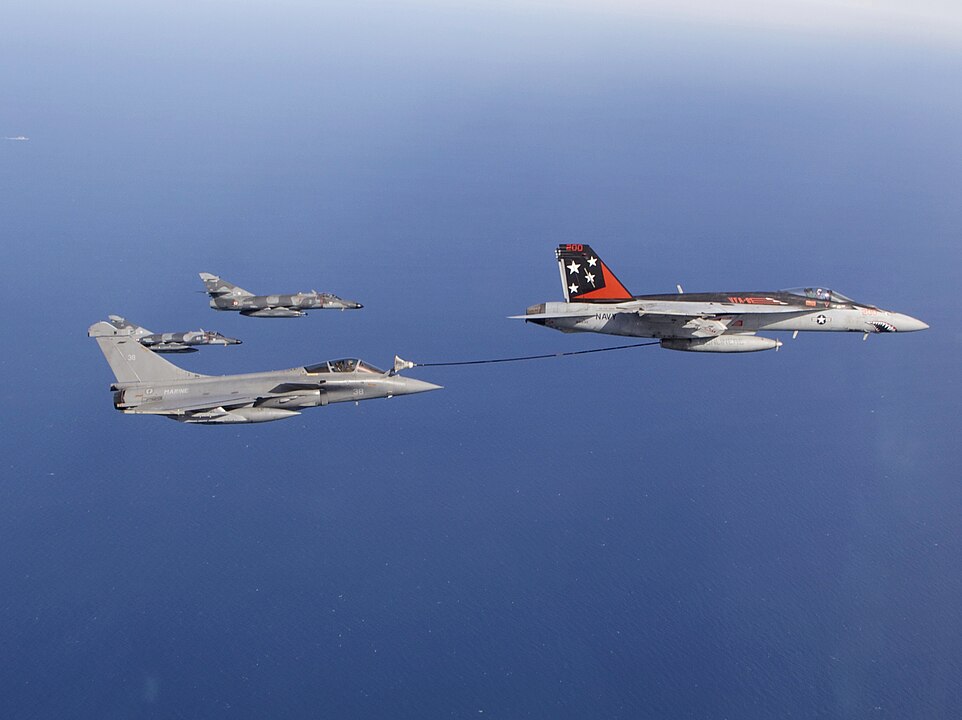
“Aurora’s robust software development kit enables our Navy teammates to rapidly integrate new capabilities. The platform abstraction demonstration met test objectives for resource sharing between multiple onboard systems and supervisors, and these efforts will greatly reduce government test and certification costs as new capabilities are added over time.”
Relevant articles:
– News Releases, PR Newswire
– Boeing Simulates Virtual MQ, Defense Daily
– Despite Delays, Navy to Accelerate Delivery of Unmanned Tanker, nationaldefensemagazine.org
– Boeing Demonstrates Open Autonomy Architecture for MUM, Naval News
